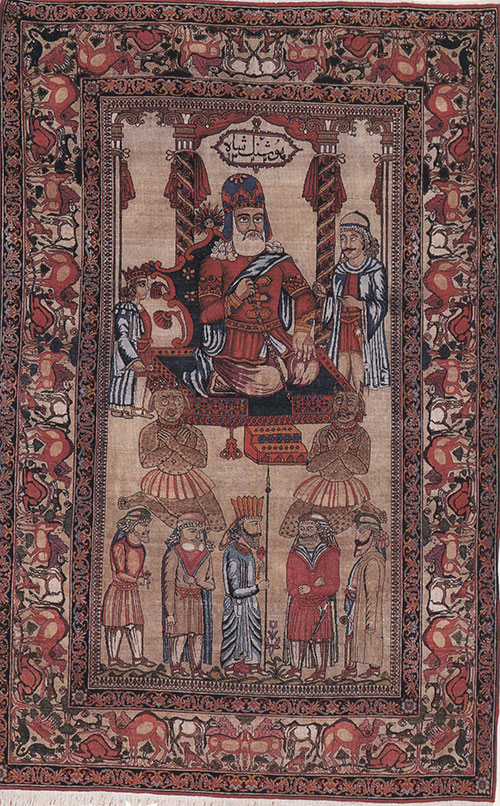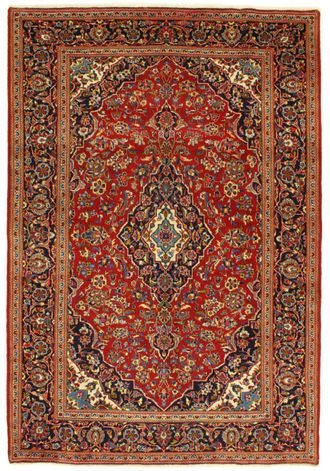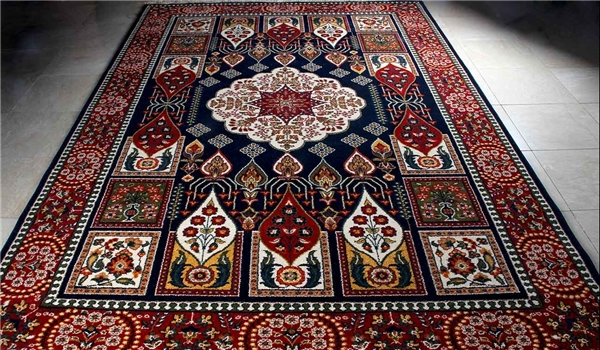
Color:
Color: What looks after the shape of each
object is its color. Some believe that color even before the object appears to
the viewer. The influence of color from the aesthetic point of view of human
psychology has an undeniable effect on a view of different colors with different
effects on the viewer's mood. Colors not only have different effects on the
viewer alone, but they also have different effects in different ways, including
compared to other colors. For example, in terms of coldness and warmth, one can
say that the inner and spiritual effects of colors vary, and also the different
interpretations and beliefs of nations about colors, people and nations. And in
order to compare colors with each other, in this case, we can point out the
contrast and harmony of colors that have a favorable or undesirable effect on
the viewer, so that it can be joyful or sad by changing colors and creating
contrast or harmony. It looked dirty.
Color Types:
The dyes used in dyeing fibers used in carpet weaving are divided into two
categories: natural dyes and artificial or chemical dyes.
1. Natural Colors: Natural colors have three sources of plant colors,
animal colors and minerals and metals.
A)Herbal Colors: These types of colors are made from various herbs and fruits
found in nature that are inherently colored. Walnut, Ronass, Asparagus, Nile,
Pomegranate, Hair Leaf, etc. are well known color sources. Vegetable colors lose
their raw or more or less luminous appearance due to the gradual impact of
light, foot abrasion and rubbing of alkalis, and find a degree of mild luster
and sophistication. Vegetable dyes have properties and properties that chemical
dyes lack.
B) Animal Colors: Animal colors are usually found in an insect called
Pheasant, which is found in silver, gray, red, and black in nature. So-called
red grains. The red dry the seed and make it into powder. If the powder is
dissolved in water and mineral acids, the resulting color will be red, and if
the alkali material is used instead of acid, the resulting color will be purple.
C) Minerals and metals: These materials are mainly used for fixing dyes
to fibers. This is called so-called indentation. Typical indentations such as
aluminum salts and colored indentations such as white alum, copper sulfate,
sodium bromate, nickel and tin, and tin indentation are mentioned.
2. Chemical dye: A dye obtained from a combination of chemicals that is
generally not a natural dye in terms of aesthetics and durability against light,
foot wear and rinsing. If they are stable, they will not become more beautiful
over time. Carpets that have been chemically dyed will fade over the surface
over time, but will retain their original color near the nodes. Chemical dyes
can be combined with dyes.
Combined Colors: Combined or chrome colors are actually a tooth color used to
fix color materials.
Ink colors are a group of chemical dyes known as aniline. These types of paints
are very cheap and qualitatively volatile. The color is poor in color and loses
its polished and durable resistance to light, abrasion, and alkali.
Teeth: Teeth are an auxiliary agent for dyeing in fibers. To stabilize
the color and better absorb the color, either plant or metal are known as
indent. Among the mentioned teeth, cream teeth are the most used for the
stability and transparency of the resulting colors. These colors are similar to
natural colors and color the material in three ways.
A) Pre-dye indentation
B) Dyeing after dyeing
C) Toothpaste combined with dyeing


